

News
The STS crane (Ship-to-Shore Crane) is a large-scale lifting equipment specialized in loading and unloading container ships at the front of container terminals. The design, manufacture and inspection of this crane strictly follow the international standards such as FEM, DIN, IEC, AWS, GB, etc., and its performance and safety are in line with the global universality. In this article, we will introduce the STS crane parts, working principle, and design of in detail, to help you fully understand STS cranes.
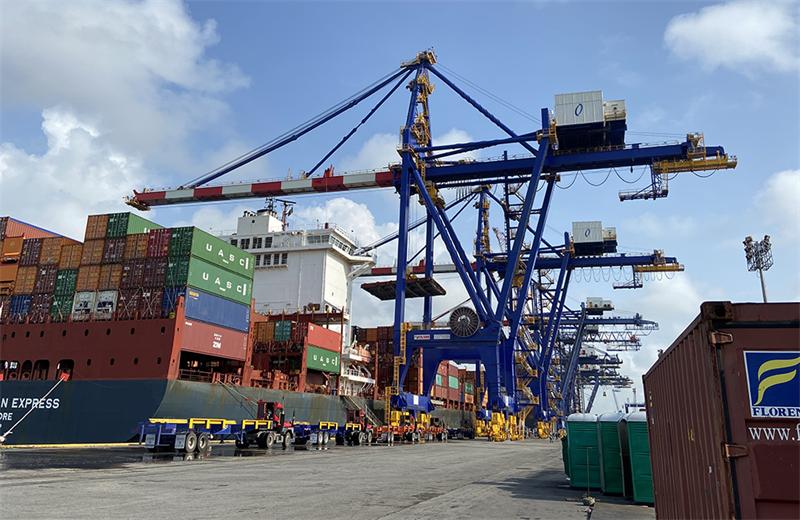
STS cranes work by moving along rails installed on the quay and can be positioned precisely over the cargo hold of the ship. A crane trolley equipped with a spreader moves along the boom and lifts the containers from the ship and places them on trucks or railcars on the shore. The whole process is highly automated and operates smoothly and accurately. The crane's boom can be raised or lowered to accommodate ships of different sizes, while the horizontal movement of the trolley allows the container to be placed exactly where it is needed.
STS crane mainly consists of a gantry structure, boom, electrical control system, four core mechanisms (including hoisting mechanism, trolley operation mechanism, pitching mechanism, and trolley operation mechanism), trolley assembly, tilting cabin guards, and various auxiliary devices. The product specifications cover 35t, 41t, 51t, and 65t, which can meet the diversified needs of different port operations.
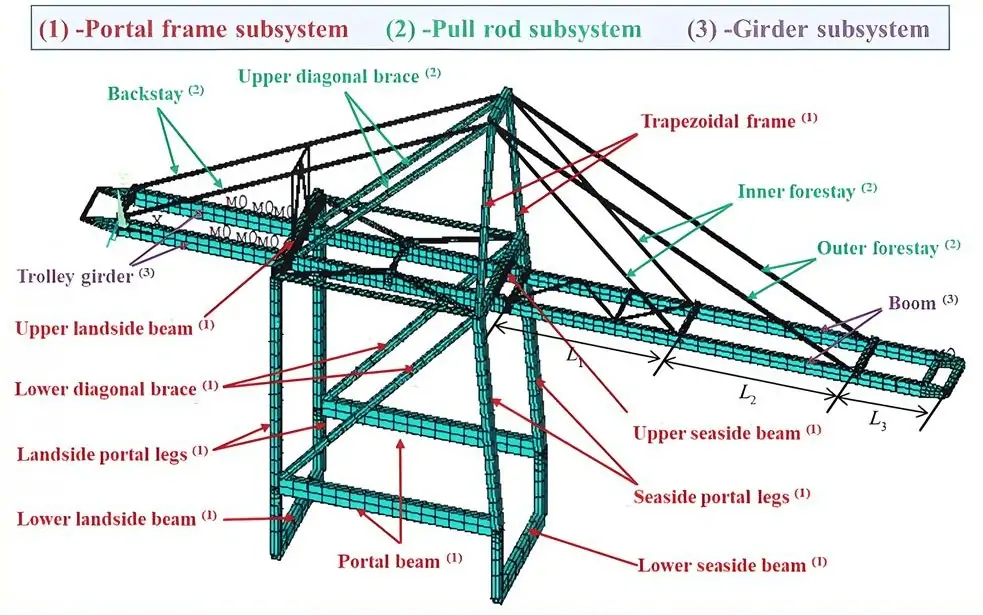
STS crane design requires detailed and specialized engineering. Weihua designers customize blueprints based on factors such as port layout, vessel size, and operational requirements. This includes precise measurements of boom length, lift height, and gauge. Advanced software is used to simulate the crane's operation, ensuring that the design meets all technical and safety standards before construction begins.
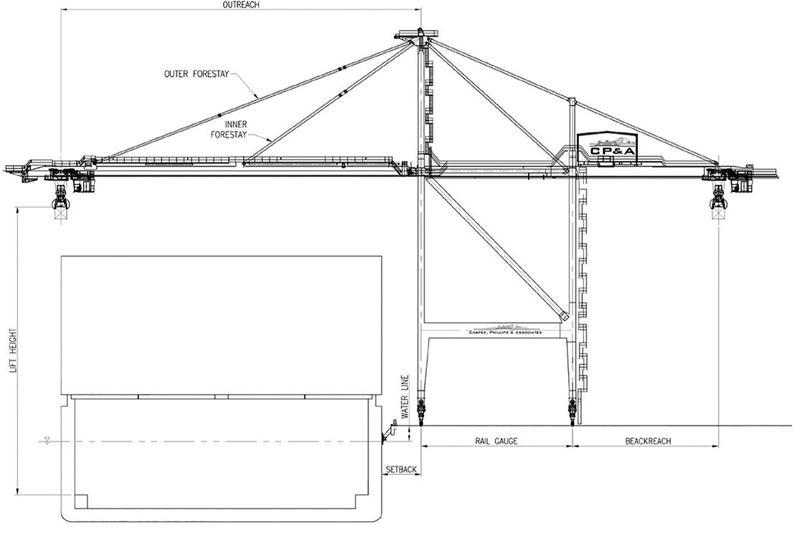
STS cranes are available in heights ranging from 70 to 130 meters and with booms up to 60 meters long. Crane sizes and heights can be customized to meet specific port requirements.
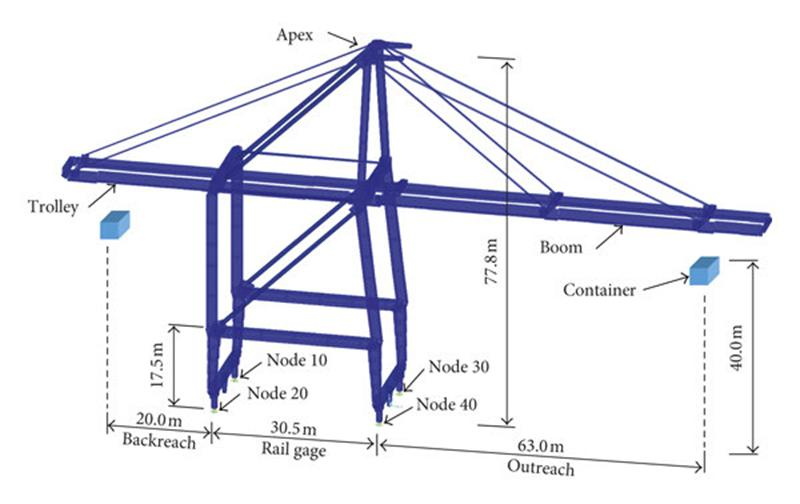
STS cranes are typically equipped with twist-lock spreaders that provide a safe and precise grip on containers during lifting. These spreaders can be adjusted to handle different container sizes, including 20-foot, 40-foot, and 45-foot containers. Below are three common types of spreaders and their applications:
Used for handling containers that need to be rotated to a specific angle, often for loading or unloading in tight spaces or specialized storage areas.

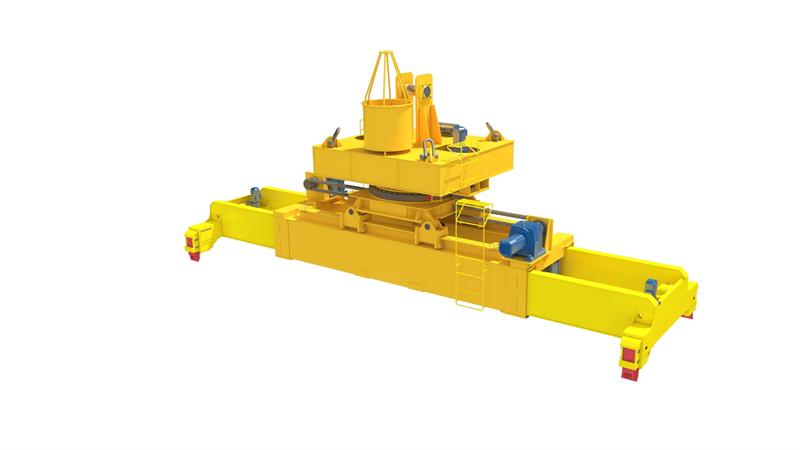
Ideal for ports or terminals requiring frequent container reorientation, such as intermodal facilities or warehouses.
Designed for unloading bulk materials or granular cargo from containers by tilting them at an angle (typically up to 70°).
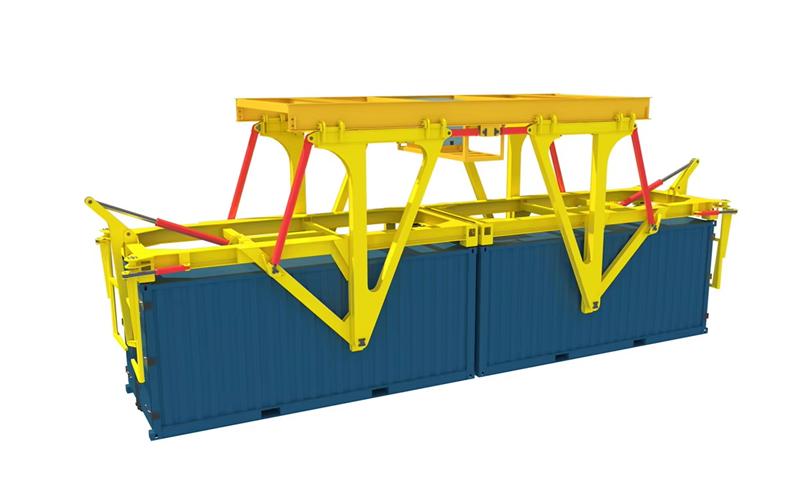
| Basic Parameters | Rated Lifting Capacity | Under Spreader | 35 | 41 | 51 | |||
Under Hook | 45 | 50 | 61 | |||||
Lifting Height | Above Rail | 37 | 25 | 50 | 35 | 58 | 40 | |
Below Rail | 12 | 15 | 18 | |||||
Front Outreach | 30 | 45 | 51 | |||||
Rear Outreach | 10 | 15 | 15 | |||||
| Rail Gauge | 16 | 8/11 | 30.48 | |||||
| Total Trolley Travel Distance | 56 | 38/41 | 96.48 | |||||
| Inside Clearance Between Legs | ≥17.5 | ≥17.5 | ≥18.5 | |||||
Clear Height of Middle Cross Beam | ≥13 | ≥13 | ≥13 | |||||
| Distance Between Gantry Bumpers | ≤27 | ≤27 | ≤27 | |||||
| Speed Parameters | Lifting Speed | Full Load | 50 | 60 | 75 | |||
No Load | 120 | 120 | 150 | |||||
| Trolley Traveling Speed | 180 | 210 | 240 | |||||
| GantryTraveling Speed | 45 | 45 | 45 | |||||
| Boom Hoisting Time (One Way) | 5 | 5 | 5 | |||||
Note: These specifications can be tailored to meet specific operational needs.
Regular inspections are crucial to ensure the safe and efficient operation of STS cranes. Key inspection points include:
Proper maintenance will extend the life of your STS crane. The main maintenance tasks include:
The STS crane is an indispensable piece of equipment in modern port operations, enabling the efficient transfer of containers between ship and shore. Their advanced design, customizable features, and rugged construction make them a great asset to any container terminal.
For more detailed information, please contact us and we will customize a solution for your port's needs.
Submit Request